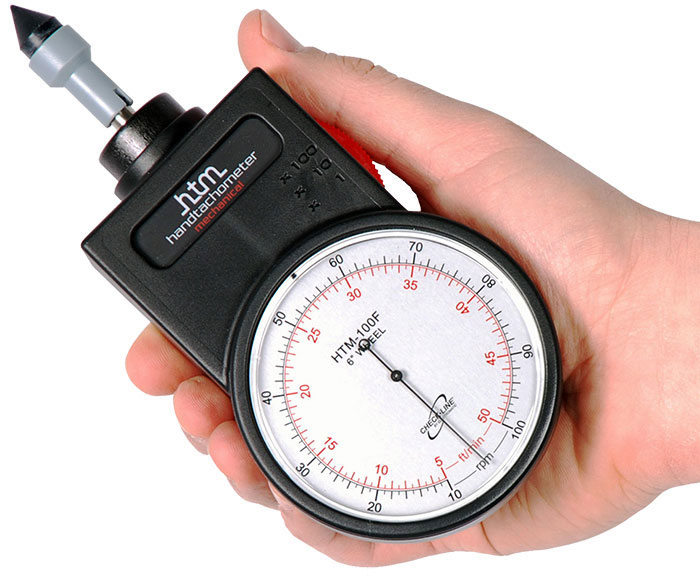Opening the Tricks of Tachometers: Whatever You Need to Understand About This Essential Tool in Your Car
Understanding the ins and outs of tachometers can supply useful insights right into your automobile's performance and upkeep demands. From measuring engine rate to decoding the data it presents, tachometers act as a vital device for vehicle proprietors and lovers alike. By unraveling the enigmas behind this vital instrument, you can open a wealth of details that can improve your driving experience and ensure the durability of your car.
Relevance of Tachometers
The relevance of tachometers hinges on their capacity to offer crucial real-time information about an engine's rotational speed, permitting exact surveillance and maintenance of machinery. By determining the changes per minute (RPM) of an engine's crankshaft, tachometers supply important understandings into the engine's performance - tachometer. This information is vital for making certain that the engine operates within its optimum range, avoiding potential damage from over-revving or underperforming
Tachometers play an essential role in assisting drivers and specialists find any anomalies in the engine's rate, which can indicate problems such as gas inadequacy, mechanical issues, or extreme pressure on the engine. By promptly determining these problems via tachometer readings, maintenance can be carried out proactively, protecting against costly repair work and downtime in the future.
Additionally, tachometers are especially essential in high-performance lorries and machinery, where exact control over engine rate is necessary for optimal operation. Racing automobiles, airplane, and commercial tools rely upon tachometers to supply peak efficiency while maintaining safety standards. Fundamentally, tachometers are not just instruments for measuring rate yet indispensable tools for ensuring the smooth and effective operation of engines across numerous applications.
Just How Tachometers Procedure Engine Rate
Making use of sensors that detect the regularity of electrical pulses created by the engine's ignition system, tachometers precisely measure the rotational rate of an engine. By keeping track of the price at which these pulses are gotten, tachometers provide real-time responses on exactly how quickly the engine's crankshaft is turning per min, frequently described as changes per minute (RPM)
The tachometer's sensing unit, typically connected to the engine's ignition coil or ignition system cords, gets the electric signals produced each time a cyndrical tube fires. These signals are then converted right into RPM readings showed on the scale or why not find out more tool collection within the motorist's view. Tachometers can be analog or electronic, with contemporary automobiles commonly including digital screens for specific and instantaneous RPM readings.
This information is vital for drivers to comprehend the engine's efficiency, prevent over-revving, enhance equipment changing, and ensure reliable gas consumption. By properly determining engine rate, tachometers play a vital role in assisting vehicle drivers run their vehicles safely and effectively.
Analyzing Tachometer Analyses
Having a clear understanding of just how tachometers determine engine speed establishes the foundation for effectively analyzing the RPM analyses displayed. Analyzing tachometer readings is crucial for optimum automobile performance and engine wellness. When the engine is idling, the tachometer needle usually relaxes around 600-1000 RPM, depending on the automobile.


Tips for Utilizing Tachometers Effectively
To improve driving efficiency and optimize engine efficiency, what key methods can be implemented for successfully utilizing tachometers? Tachometers are vital tools that supply real-time responses on engine speed, enabling chauffeurs to make informed choices for better performance - tachometer. Below are some tips for utilizing tachometers properly:
Comprehending Ideal RPM Array: Familiarize yourself with the ideal RPM (Changes Per Min) range for your car. This variety differs in between different automobiles and is generally indicated in the owner's handbook. Keeping the engine within this variety can boost gas efficiency and prolong the engine's lifespan.
Moving Gears at the Right Time: Use the tachometer to identify the best time to shift gears. Purpose to change equipments when the RPM gets to the ideal range for the next equipment.
Monitoring Engine Stress: High RPMs for long term durations can strain the engine. Watch on the tachometer to avoid over-revving, especially throughout velocity or when carrying heavy lots.
Tachometers and Vehicle Upkeep
When taking into consideration vehicle upkeep, tachometers play a critical function in monitoring engine efficiency and finding potential issues. Tachometers supply necessary click this data on engine speed, permitting motorists and mechanics to make certain that the engine is running within the recommended RPM array. On a regular basis keeping an eye on go to this website the tachometer readings can aid determine troubles such as engine misfires, damaged ignition system, or issues with the gas delivery system. By taking note of the tachometer, motorists can prevent too much strain on the engine, which can cause costly fixings down the line.
Along with discovering possible problems, tachometers can likewise assist in optimizing fuel effectiveness. By maintaining the engine speed within the optimal variety, vehicle drivers can improve their gas mileage and decrease gas intake. This not just benefits the chauffeur's budget yet additionally contributes to environmental conservation by reducing unsafe emissions.
Final Thought
